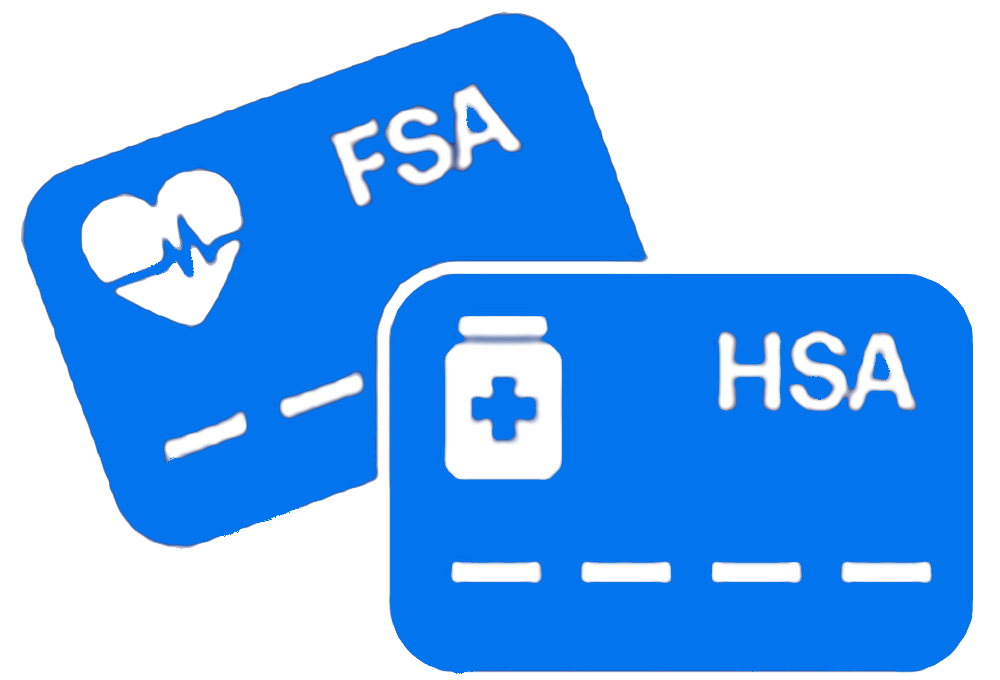IV therapy has become an increasingly popular option for people seeking a quick and effective way to replenish nutrients, hydrate their body, or recover from illness, fatigue, or stress. Whether you’re seeking a wellness boost, immune support, or help with a hangover, IV therapy offers fast-acting relief. But if it’s your first time, you may have a lot of questions. What will the experience be like? Is it safe? How long does it take?
In this post, we’ll walk you through everything you need to know about your first IV therapy session so you can arrive confident, relaxed, and informed.
Understanding IV Therapy: A Quick Overview
Intravenous (IV) therapy is a process in which fluids, vitamins, minerals, and other nutrients are delivered directly into your bloodstream through a small catheter placed in your vein. By bypassing the digestive system, IV therapy allows for faster absorption and a higher concentration of nutrients to reach your cells.
Some of the most common reasons people choose IV therapy include:
- Rehydration after illness or exercise
- Relief from fatigue, jet lag, or brain fog
- Immune system support
- Migraine relief
- Beauty and skin health
- Hangover recovery
- Enhanced athletic performance or recovery
There are various formulations available depending on your needs, and clinics often personalize the infusion to match your health goals.
Preparing for Your Appointment
Before your appointment, it’s a good idea to take a few simple steps to ensure the best experience. You don’t need to fast, but try to eat a light, healthy meal and drink plenty of water. Staying hydrated can make it easier to insert the IV and also improves how well your body absorbs the nutrients.
If you’re taking any medications or have a chronic condition, be sure to inform the clinic beforehand. A qualified provider will want to ensure there are no contraindications and that the IV cocktail is safe for your specific needs.
It’s also a good idea to wear loose-fitting clothing, especially sleeves that can be easily rolled up. Bring something to keep you entertained if desired—a book, podcast, or playlist can help you relax during your infusion.
What Happens When You Arrive
When you arrive at the clinic or wellness center, you’ll typically be greeted by a friendly staff member who will have you fill out an intake form. This form may ask about your health history, current medications, and the reason for your visit. Some places also take your vital signs—blood pressure, pulse, and oxygen levels—to make sure you’re stable and ready to receive treatment.
Next, you’ll meet with a medical professional such as a nurse, nurse practitioner, or physician assistant. They’ll review your information, explain the type of IV drip you’ll be receiving, and answer any questions you might have.
In some cases, your IV infusion will be fully customized based on your health goals, lab results (if available), or symptoms. Many wellness centers offer standard options like the “Myers’ Cocktail,” an immune-boosting blend of B vitamins, vitamin C, magnesium, and calcium. Other options may include glutathione, NAD+, or amino acids for different outcomes.
Starting the Infusion: What It Feels Like
Once your provider is ready to begin, they’ll gently insert a small catheter into a vein in your arm or hand. Most people describe this part as a small pinch or sting—no more intense than a routine blood draw. If you’re nervous about needles, let your provider know—they’re experienced in working with anxious clients and can help you stay calm.
Once the IV is in place, the nutrients will start flowing into your bloodstream. You’ll likely be seated comfortably in a reclining chair, often with access to blankets, pillows, and water. Many clinics aim to create a spa-like, relaxing environment to enhance your experience.
The infusion process usually takes between 30 to 60 minutes, depending on the volume of fluid and the type of nutrients being administered. You may feel a cooling sensation in your arm as the fluid enters your vein, but it should never be painful.
Some people report feeling a boost of energy or mental clarity during the infusion, while others feel more relaxed. Reactions vary from person to person and depend on what’s in your drip.
Safety and Monitoring
Throughout the session, your provider will check on you periodically to ensure you’re comfortable and tolerating the infusion well. If you experience any discomfort, dizziness, or unusual symptoms, don’t hesitate to speak up—most reactions are minor and can be addressed quickly.
It’s also worth noting that high-quality IV therapy clinics use sterile equipment and follow strict protocols to prevent infection or complications. Ask about licensing, training, and medical oversight if you have concerns—transparency is an important sign of a reputable provider.
After the Session: What to Expect
When your infusion is complete, the provider will remove the catheter and place a small bandage over the insertion site. You’ll be advised to keep it on for an hour or two and avoid strenuous activity with that arm for the rest of the day.
You might feel more energetic, focused, or simply refreshed after your session, especially if you were dealing with dehydration or fatigue. However, not everyone experiences immediate effects—some people feel the benefits more gradually, over the next 24 to 48 hours.
Be sure to stay hydrated and follow any aftercare instructions provided. You can resume most of your normal activities immediately unless your provider advises otherwise.
How Often Should You Get IV Therapy?
The frequency of IV therapy depends on your health goals and individual needs. Some people get a boost before travel, during cold and flu season, or after a stressful week. Others use it as part of a regular wellness routine—weekly, biweekly, or monthly.
Your provider can help you determine the best schedule based on your response to the treatment and any specific conditions you’re addressing. For example, athletes may benefit from more frequent sessions, while others might find once a month sufficient for general wellness.
It’s important not to overdo it. While IV therapy can be highly beneficial, more isn’t always better. Your body can only absorb so much, and excess vitamins or minerals—especially fat-soluble ones—can have side effects if taken inappropriately. That’s why guidance from a trained professional is key.
Costs and Insurance Considerations
Most IV therapy treatments are not covered by health insurance, especially when used for wellness purposes rather than treating a medical condition. Prices can range anywhere from $100 to $300 per session, depending on the ingredients and the provider’s location and expertise.
Many clinics offer package deals, memberships, or discounts for frequent visitors. It’s a good idea to ask about pricing upfront and explore your options.
Although IV therapy is an investment, many people find the convenience, rapid results, and personalized nature of the treatment well worth the cost.
Common Myths About IV Therapy
As IV therapy becomes more mainstream, it’s important to clear up a few misconceptions. One myth is that it’s only for celebrities or athletes—while it’s true that high-profile people use it, IV therapy is accessible to anyone interested in improving their well-being.
Another common myth is that oral supplements work just as well. While daily vitamins are helpful, many people struggle with poor absorption due to gut issues, stress, or medications. IV therapy ensures your body gets a high dose of nutrients, fast.
It’s also not true that IV therapy is only useful when you’re sick. In reality, many people use it preventively or to optimize energy, sleep, skin health, or immune support.
Should You Try IV Therapy?
Your first IV therapy session can be a surprisingly enjoyable and rewarding experience. Whether you’re recovering from an illness, aiming to improve your wellness, or just curious about the process, IV therapy offers a safe, fast, and efficient way to give your body what it needs.
The key is to choose a reputable provider, communicate openly about your goals and health history, and pay attention to how your body responds. When done correctly, IV therapy can be a valuable tool in your overall health and wellness routine.
As always, consult with a healthcare professional before beginning any new treatment. But if you’re ready to take a step toward feeling your best, an IV therapy session could be the refreshing reset you need. Call us at 205-352-9141.











